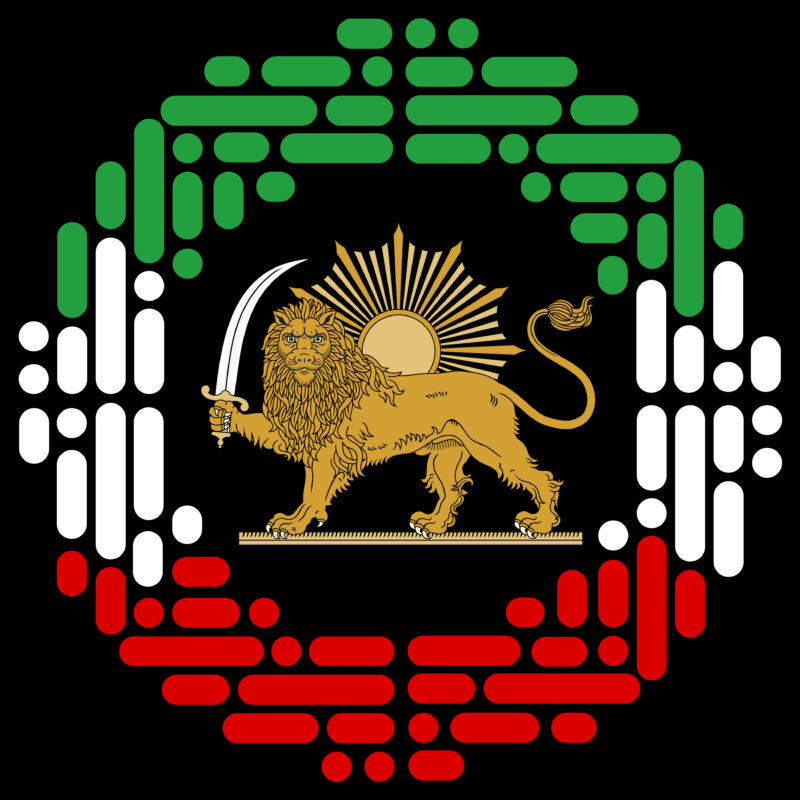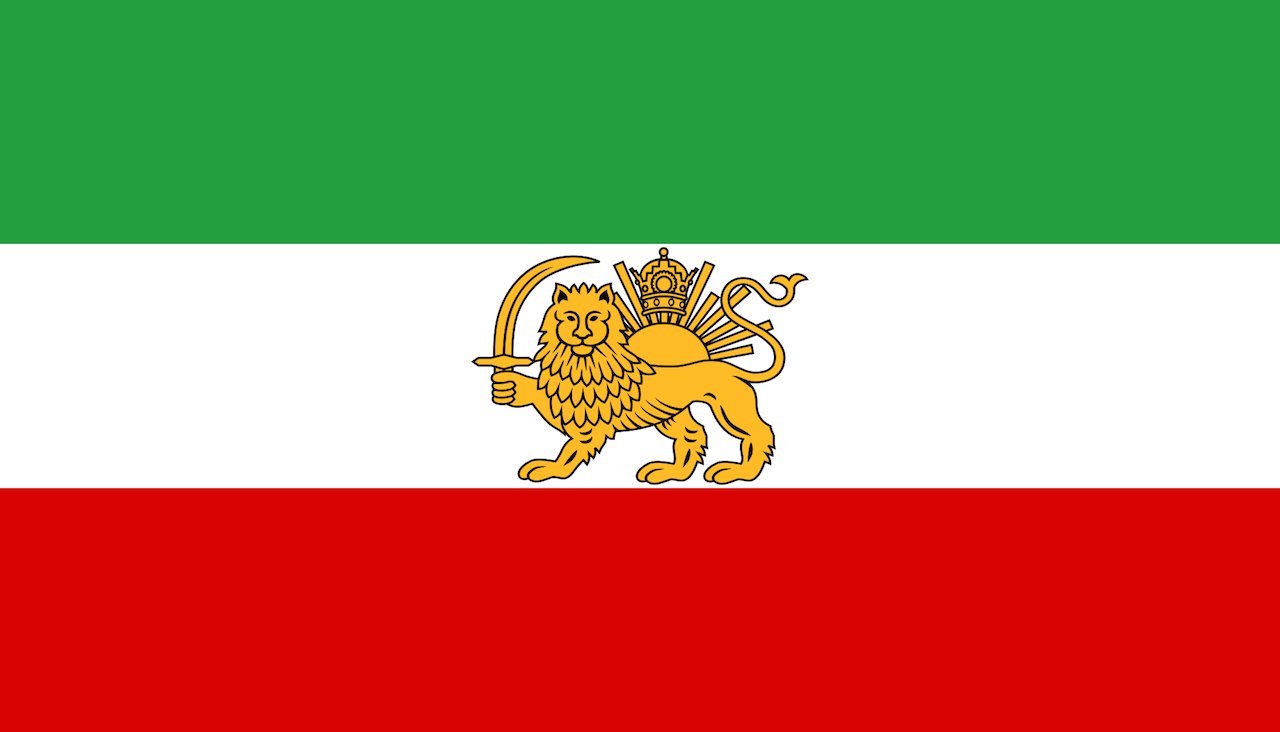In an article titled “For Iran,” published in issue No. 10, we attempted to explain the concept of revolutionary struggle and to whom a revolutionary fighter should answer. By considering revolutionary struggle as a form of knowledge and combat skill, we emphasized the importance of learning it to avoid deviations from the main path of the struggle and reducing the damage inflicted by the enemy’s political police.
At the end of that article, we concluded that a revolutionary fighter in our current era, our sincere supporters of freedom and monarchy, struggle with all their heart to push back the backward and reactionary regime. The enlightened and noble leader, Crown Prince Reza Pahlavi, along with the patriots who support the monarchy, is fighting to restore Iran to a position of progress by freeing the nation from all forms of dictatorship and creating a free society where all humans are equal under the law.
Now, we address this question: “What are the duties and responsibilities of a revolutionary organization?”
We aim to share our experiences with the royalist supporters and other true Iranian patriots to familiarize them with the responsibilities they bear in toppling this vile regime. We will also clarify the necessity of having a revolutionary organization as the driving force of the struggle and explain its role in preparing sincere, selfless supporters to carry out the critical tasks that the homeland has placed upon each of us.
A fundamental transformation of society, with changes in the judiciary, legislative, and executive branches, including education, healthcare, and so on, is not something that happens accidentally due to economic deterioration or people’s dissatisfaction with the current situation. If that were the case, we would see such fundamental changes daily in various countries, where the majority of people live in severe economic distress (such as India) or countries run by mafia gangs (such as Ecuador).
The revolutions we regard as successful reveal a well-organized, deliberate, and conscious struggle, with a capable leader guiding it. We should also add that leadership is not restricted to just one individual (no matter how wise or intelligent); rather, it is a comprehensive system of leadership that includes the leader and the revolutionary programs, strategies, and plans for the future after the fall of the regime.
Key Points of Leadership and Organization
The first essential factor in any revolution is the leadership, which is broken down into two primary components:
- The Revolutionary Leader: This leader must have a strategy for fighting and overthrowing the regime and must have plans for both the transitional period and the period afterward. These plans should address all the challenges and difficulties facing the people. A leader whose strategies and plans are accepted by most of the nation must inspire trust in the people, and they should be willing to defend this leader and his or her programs against the oppressive regime.
- A Popular, Broad-Based Organization: This organization must be closely connected with the revolutionary leader and capable of mobilizing the people to bring about this major transformation. The organization must have the ability to present strategies and tactics, gain the people’s trust, and gradually lead the masses toward the ultimate goal of overthrowing the regime and establishing a national democratic structure.
We concluded that combining such a popular organization with a revolutionary leader represents the second essential factor for a successful revolution. This combination is crucial for the revolutionary process to succeed in overthrowing the oppressive Islamic Republic.
With this understanding of a revolutionary organization, which must act directly to serve the revolution and its leadership, we recognize the special importance of this organization as part of the leadership’s framework. Without revolutionary leadership, no organization can achieve victory or even pursue the struggle properly.
Strategy and Struggle
Revolutionary strategy must come from the leadership. It is the responsibility of the organization to implement this strategy, including organizing political activities and conducting protests, strikes, and civil disobedience against the regime. This non-violent political struggle is a key part of our strategy, including mass protests and strikes aimed at bringing down the regime.
Of course, self-defense measures can be employed when necessary to protect the people or revolutionary forces. Civil disobedience is an integral tactic today, used to resist the regime without escalating to violent conflict.
The Role of the Organization
Given the current situation, with the uncontrolled dictatorship governing our society, the necessity of a revolutionary struggle is clear. This requires a firm political organization within the country, one that can serve as a bridge between the monarchy and the people. The organization must bring the message of the national democratic movement, led by Crown Prince Reza Pahlavi, to the masses, present clear strategies and tactics, and earn their trust. Only then can the people be mobilized to achieve the historic mission of overthrowing the Islamic Republic and establishing a national democratic structure.
In conclusion, we need a revolutionary political organization that can act as a bridge between the leadership and the people, mobilize all sectors of society, and guide them toward success.
Ordibehesht 2583 of the Imperial calendar / April 2024



 فارسی
فارسی